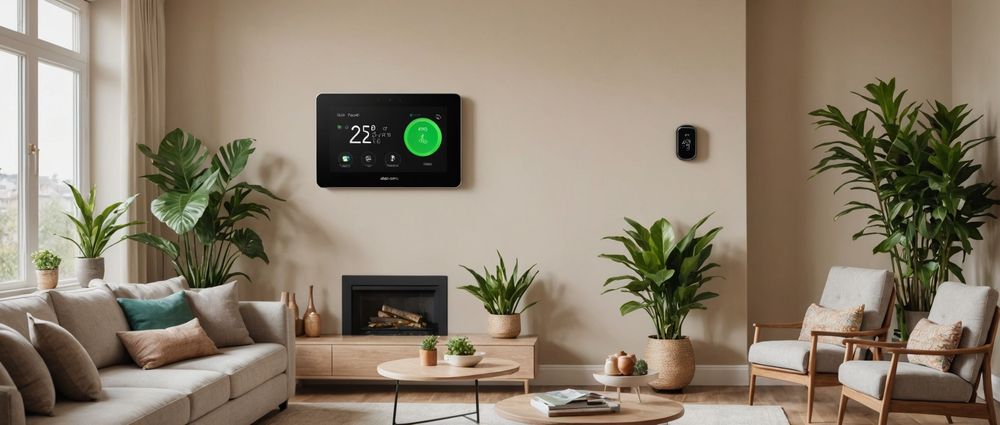The role of sensors in modern electronics is paramount, serving as the bridge between the physical world and the digital realm. Sensors, which detect and respond to physical stimuli such as light, temperature, and pressure, are fundamental to numerous innovations and applications across various industries. This article delves into the key aspects of sensors, their types, and their significance in enhancing the functionality and intelligence of modern electronic devices.
Understanding Sensor Technology
Sensors are devices that detect changes in the environment and send the information to other electronics, often a processor or controller. The technology behind sensors involves converting physical phenomena into electrical signals. These signals can then be measured, analyzed, and acted upon by electronic systems. For instance, a temperature sensor detects thermal changes and converts this into a corresponding voltage signal that can be read and processed.
One of the critical aspects of sensor technology is its accuracy and reliability. Modern sensors are designed to provide precise and consistent data, which is crucial for applications requiring high levels of accuracy, such as medical devices and industrial automation systems. Advancements in microelectromechanical systems (MEMS) have significantly improved sensor performance, enabling more compact and efficient designs.
Types of Sensors and Their Applications
There are various types of sensors, each designed to measure different physical properties. Some of the most common types include:
- Temperature Sensors: Used in HVAC systems, medical devices, and consumer electronics to monitor and manage temperature.
- Proximity Sensors: Essential in automotive safety systems and industrial automation to detect the presence or absence of objects.
- Accelerometers: Found in smartphones, gaming consoles, and wearable devices to measure acceleration and orientation.
- Light Sensors: Used in digital cameras, smartphones, and automatic lighting systems to detect and measure light intensity.
- Pressure Sensors: Common in weather stations, automotive systems, and medical equipment to measure pressure.
Each type of sensor has unique characteristics and is chosen based on the specific requirements of the application. For example, a light sensor used in a smartphone must be extremely sensitive and capable of fast response times to adjust screen brightness in real-time.
Integration of Sensors in Consumer Electronics
The integration of sensors into consumer electronics has revolutionized user experiences and device capabilities. Smartphones, for instance, are equipped with multiple sensors such as accelerometers, gyroscopes, and ambient light sensors. These sensors enable features like screen rotation, step counting, and automatic brightness adjustment.
In smart homes, sensors play a pivotal role in automation and security. Motion sensors can trigger lights to turn on when someone enters a room, while smoke detectors and carbon monoxide sensors ensure safety by alerting homeowners to potential hazards. Smart thermostats utilize temperature sensors to provide energy-efficient heating and cooling by learning user preferences and behavior.
Sensors in Industrial Applications
In the industrial sector, sensors are indispensable for automation, monitoring, and maintenance. They help in collecting data crucial for optimizing processes, ensuring quality control, and predicting equipment failures. For instance, vibration sensors in machinery can detect abnormal vibrations that may indicate impending mechanical issues, allowing for timely maintenance interventions.
Temperature and pressure sensors are widely used in manufacturing environments to monitor and control processes, ensuring they remain within specified parameters. This is particularly important in industries like food processing and pharmaceuticals, where maintaining precise conditions is critical to product quality and safety.
Future Trends in Sensor Technology
The future of sensor technology looks promising, with ongoing advancements in materials science, nanotechnology, and artificial intelligence (AI). These innovations are expected to produce more sensitive, accurate, and energy-efficient sensors. For example, the development of flexible and wearable sensors holds significant potential for healthcare, enabling continuous monitoring of vital signs with greater comfort and convenience for patients.
AI integration with sensor technology is another promising trend. By combining sensor data with machine learning algorithms, systems can analyze complex data sets in real-time, making intelligent decisions and predictions. This has vast implications for areas like autonomous vehicles, where sensor fusion and AI are critical for navigation and safety.
Conclusion
Sensors are an essential component of modern electronics, enabling devices to interact intelligently with their environment. From consumer electronics to industrial applications, sensors provide the critical data necessary for automation, safety, and improved user experiences. As technology continues to evolve, the role of sensors will only become more significant, driving innovation and transforming various aspects of our daily lives.
FAQ
What are the main types of sensors used in electronics?
The main types of sensors used in electronics include temperature sensors, proximity sensors, accelerometers, light sensors, and pressure sensors. Each type serves a specific purpose and is selected based on the application requirements.
How do sensors in smartphones enhance user experience?
Sensors in smartphones, such as accelerometers, gyroscopes, and ambient light sensors, enhance user experience by enabling features like screen rotation, step counting, and automatic brightness adjustment. They make smartphones more intuitive and responsive to user actions.
Why are sensors important in industrial applications?
Sensors are crucial in industrial applications for process optimization, quality control, and predictive maintenance. They provide real-time data that helps in monitoring and controlling industrial processes, ensuring efficiency and preventing equipment failures.
What future trends can we expect in sensor technology?
Future trends in sensor technology include advancements in materials science and nanotechnology, leading to more sensitive and energy-efficient sensors. The integration of artificial intelligence with sensors is also expected to enhance real-time data analysis and intelligent decision-making, particularly in autonomous systems.
How do wearable sensors benefit healthcare?
Wearable sensors benefit healthcare by providing continuous monitoring of vital signs, offering greater comfort and convenience for patients. They enable early detection of health issues and facilitate remote health monitoring, improving patient outcomes and reducing the need for hospital visits.


